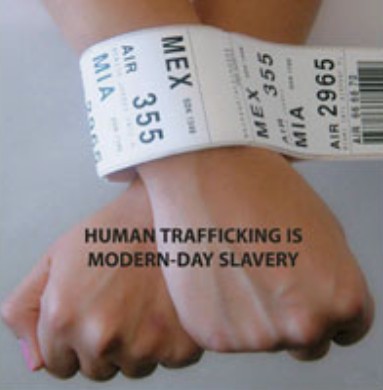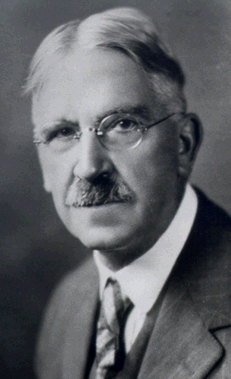
At first I was having a hard time with this blog because I did not really have my own metaphor for teaching. So I have always thought that tree's were good tools for metaphors because they can mean so many things.
I look at teaching like as if I was planting a tree. The first step to planting a tree is finding the right place to put it. I feel that parents are the ones who find the right school for their child to attend, I believe that's the first step to creating a base for the children to learn.
From the moment the roots start to grow into the ground they become the base for the tree. Once the place is found we dig a hole and plant the tree. From that point on the tree needs water and care for it so it can grow older and wiser and as time goes by more and more branches grow making the tree more and more complex.
I use the tree as my metaphor because I believe that once the tree is planted and starts to grow, it becomes more complex as time goes by. The branches start to grow and expand. I believe that children are just the same. They come to school with a base of knowledge and as they move ahead to each grade their minds grow bigger and open to new knowledge. Children begin to acknowledge different ideas and their minds become more complex then they were in the beginning. Children's minds start to develop at a rate where they want to reach out and learn everything.
I feel that the tree in a good metaphor for children because they grow older and their need for knowledge becomes great. Just as the tree becomes older and it's branches extend longer and longer and their need for water becomes great. But once it is done growing it's there to beat the test of time. As children grow and learn they are their to be our future leaders and educators. And the tree's that we plant are there to help this planet survive.



